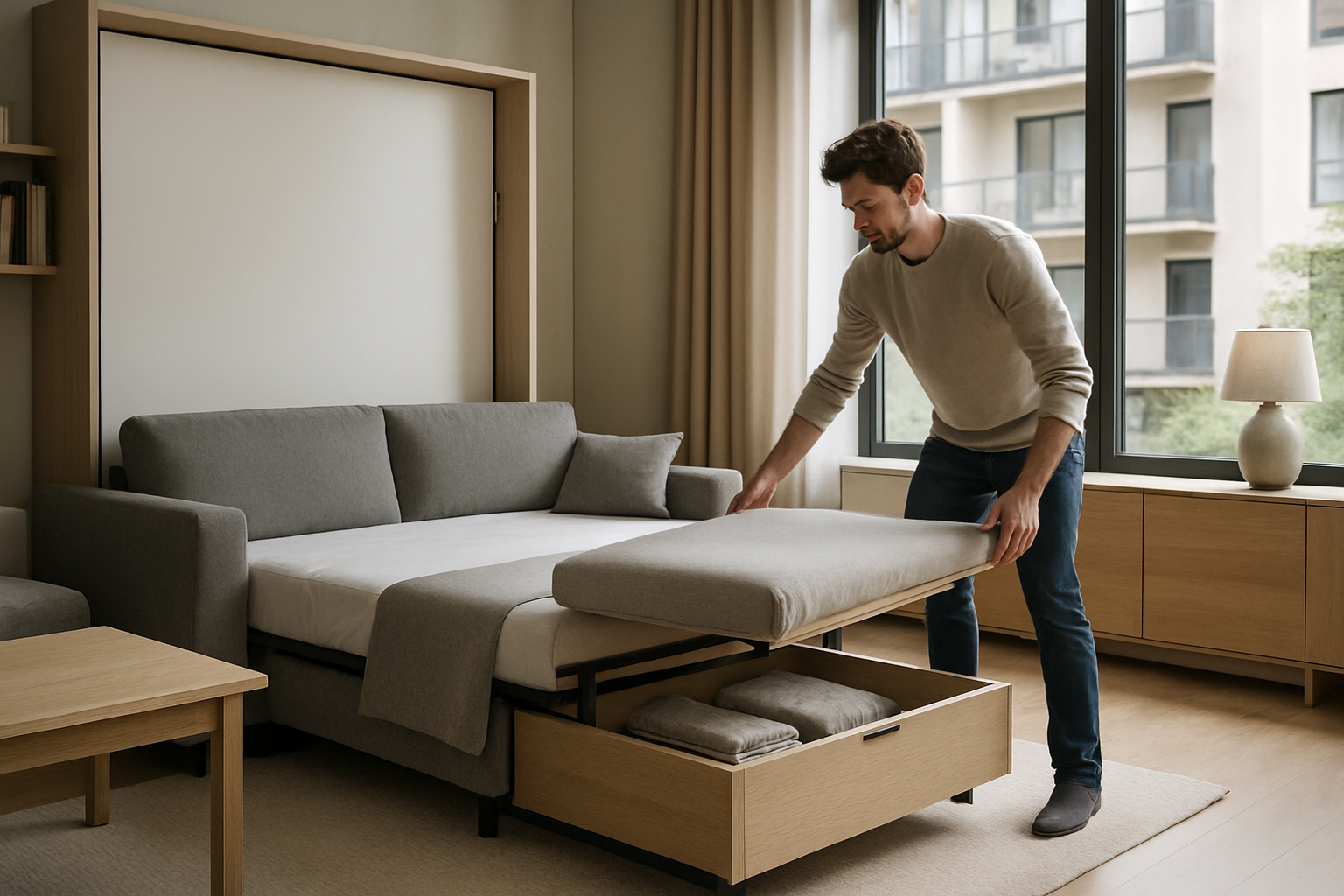Home Decorating Simplified: Find Your Style, Choose Your Colors, and Transform Any Room
Feeling unsure how to start decorating your home? The process can feel overwhelming, but it doesn't have to be. It all begins with discovering your personal style—the foundation every great space is built on.This clear and practical guide walks you through the essential first steps. Discover how to identify your decorating style, choose calming paint colors for any room, create a cohesive flow throughout your home, and use smart tricks to make small spaces feel larger—all without a major renovation.Find the inspiration and actionable steps you need to create a home that truly reflects you and feels welcoming to everyone in it.

Home Decorating Simplified: Find Your Style, Choose Colors, Transform
Refreshing a room can be surprisingly simple when you focus on a few fundamentals: understanding your tastes, planning a cohesive color palette, and choosing updates that deliver high impact for minimal effort. By approaching each decision with a clear plan, you avoid mismatched purchases, reduce visual clutter, and create a home that looks pulled together and feels comfortable day to day.
Discovering your personal decorating style
Start by gathering images of rooms, furniture, and finishes that genuinely appeal to you. Look for patterns in materials (wood vs. metal), shapes (curvy vs. angular), and palettes (warm vs. cool). Notice what you dislike too—it’s just as helpful. Give your style a short, descriptive phrase such as “warm minimal” or “modern cottage.” Use this as a filter for future choices: if an item doesn’t fit the phrase, skip it. Over time, this keeps your rooms cohesive while still allowing personal, lived-in touches like books, art, and travel mementos.
Choosing calming paint colors for bedrooms
Calming bedrooms typically use lower-saturation hues, soft contrasts, and matte or eggshell finishes. Consider cool undertones like muted blues or gentle blue-greens for a soothing effect, or warm neutrals like taupe and greige for a cozy feel. Test samples on multiple walls and observe them morning and night—natural and artificial light can shift color temperature dramatically. Aim for a limited palette: one wall color, a coordinated trim, and a tonal variation for textiles. Layer texture (linen, wool, woven shades) to add warmth without visual noise, and keep strong accent colors to small, easily changeable items like throw pillows.
Creating a cohesive color flow throughout your home
A whole-home palette knits rooms together, even if each space has its own personality. Choose a base neutral that appears in most rooms (walls, larger furniture, or rugs), then add two to three accent colors repeated in art, textiles, and accessories. Keep undertones consistent—pair warm beiges with earthy greens and terracotta, or cool grays with slate blues and charcoal. For open plans, vary depth rather than hue: use the same color family in lighter or darker tints from room to room. This strategy helps transitions feel intentional and prevents jarring shifts that make spaces seem smaller or cluttered.
Decorating strategies to make small rooms look larger
Focus on scale, light, and lines. Select a few larger pieces rather than many small ones—visual fragmentation shrinks rooms. Use leggy furniture and glass or acrylic elements to increase under- and through-sight lines. Hang curtains high and wide to elevate the eye and reveal more window glass. Choose rugs that nearly fill the floor, leaving a modest border; too-small rugs break up space. Keep wall colors close in value to the floor and large furniture for a seamless look, and add vertical interest with tall bookshelves or art stacks. Mirrors opposite windows amplify daylight and extend sight lines, making the room feel more expansive.
Budget-friendly home decor updates without renovation
Target changes with outsized impact. Lighting is first: swap outdated fixtures for simple, well-scaled options and add layered lamps to soften shadows. Upgrade textiles—rugs, curtains, and throw pillows—in materials that feel good and wear well. Paint dated furniture or replace hardware for a fast refresh. Edit accessories, grouping items by color or material for a cleaner look, and introduce plants for organic texture. Prioritize functional storage like lidded baskets, wall hooks, and under-bed bins to reduce clutter. With a clear plan and a restrained palette, these small moves can transform how a room functions and feels without touching walls or floors.
Conclusion A successful home refresh depends less on buying more and more on making consistent, intentional choices. Define your style with a simple phrase, choose bedroom colors that promote rest, build a palette that flows from room to room, use scale and light to visually expand small spaces, and invest in selective, budget-friendly updates. These practical steps help your rooms work together and feel inviting every day.



